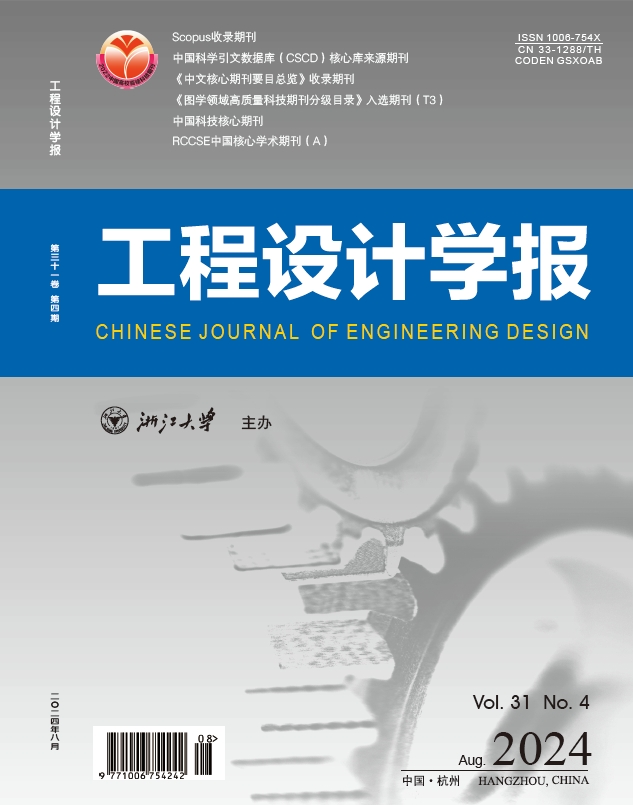水电/光伏/电池混合能源系统有功功率共享的电源管理策略
IF 4.5
Q4 Engineering
引用次数: 24
摘要
对独立的直流连接水电/光伏/电池混合能源系统(HES)进行了仿真和建模,并采用功率管理策略(PMS)识别有功功率共享。利用MATLAB软件的simulink工具箱对所提出的HES及其电源管理策略进行了性能分析。该系统由10kw的光伏系统、7.5 kW的水力系统、蓄电池和电源调节单元组成。在一些偏远的农村地区,电网很难满足全年的电力需求。在这些地区,电力需求可以通过水电或光伏系统等可再生能源系统来满足。由于水电系统或光伏系统都是间歇性的,因此无法全年提供电力需求。因此,水电和光伏系统的明智组合已被建模为电气化。建立了电源管理策略模型,对能源系统和电池的功率流进行管理,以满足负载需求。研究结果清楚地表明,所提出的HES及其控制策略适用于偏远/农村地区。本文章由计算机程序翻译,如有差异,请以英文原文为准。
Power Management Strategy for Active Power Sharing in Hydro/PV/Battery Hybrid Energy System
Simulation and modeling of standalone DC linked hydro/PV/battery hybrid energy system (HES) and power management strategy (PMS) for identifying the active power sharing have been done. The performance analysis of the proposed HES and its power management strategy has been done using the simulink toolboxes of MATLAB software. The proposed system consists of 10 kW PV system, 7.5 kW hydro system, battery, and power condition unit. In some remote/rural areas, it is very difficult to satisfy the demand of electrical power throughout the year with the power grid. In such areas, the power requirement can be fulfilled by renewable energy system such as hydro or PV system. Either the hydro system or PV system is not capable of supplying power requirement throughout the year as both systems are intermittent. Hence, the judicious combination of hydro and PV system has been modeled for electrification. The power management strategy is modeled to manage the power flow of the energy systems and battery to fulfill the load demand. The presented results clearly show that the proposed HES and its control strategy are suitable for implementation in remote/rural areas.
求助全文
通过发布文献求助,成功后即可免费获取论文全文。
去求助
来源期刊

工程设计学报
Engineering-Engineering (miscellaneous)
CiteScore
0.60
自引率
0.00%
发文量
2447
审稿时长
14 weeks
期刊介绍:
Chinese Journal of Engineering Design is a reputable journal published by Zhejiang University Press Co., Ltd. It was founded in December, 1994 as the first internationally cooperative journal in the area of engineering design research. Administrated by the Ministry of Education of China, it is sponsored by both Zhejiang University and Chinese Society of Mechanical Engineering. Zhejiang University Press Co., Ltd. is fully responsible for its bimonthly domestic and oversea publication. Its page is in A4 size. This journal is devoted to reporting most up-to-date achievements of engineering design researches and therefore, to promote the communications of academic researches and their applications to industry. Achievments of great creativity and practicablity are extraordinarily desirable. Aiming at supplying designers, developers and researchers of diversified technical artifacts with valuable references, its content covers all aspects of design theory and methodology, as well as its enabling environment, for instance, creative design, concurrent design, conceptual design, intelligent design, web-based design, reverse engineering design, industrial design, design optimization, tribology, design by biological analogy, virtual reality in design, structural analysis and design, design knowledge representation, design knowledge management, design decision-making systems, etc.
 求助内容:
求助内容: 应助结果提醒方式:
应助结果提醒方式:


